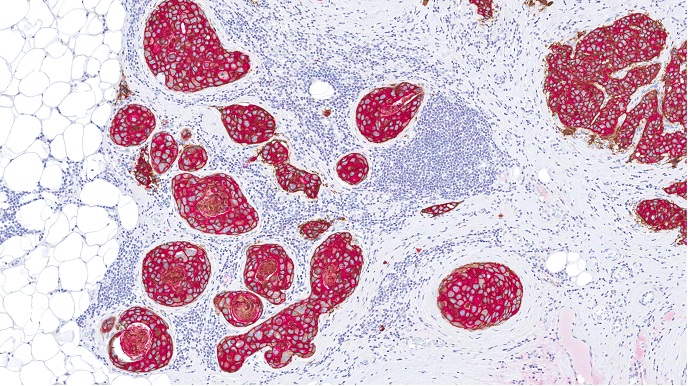Understanding a virus’ origin story
Often the best way to mitigate or prevent a virus is to understand its origin story. And for that, scientists have the pathogen genome. “Extracting evolutionary and epidemiological information from pathogen genomes has become an important tool in disease research,” says Philippe Lemey(opens in new window), a researcher in evolutionary and computational virology at KU Leuven(opens in new window). “By harnessing this information, molecular epidemiologists can shed new light on a pathogen’s origins and epidemic history – including where it came from and how it has adapted to new hosts and spread.” With the support of the EU-funded ReservoirDOCs(opens in new window) project, Lemey is leading an effort to use such genomic information to understand both where particular viruses came from and how they became established in human populations. “We also set out to develop new computational methods for analysing this genomic data, with a special focus on integrating this with other data,” adds Lemey.
Kicking into action during the COVID-19 pandemic
The project, which received support from the European Research Council(opens in new window) (ERC), came right in the nick of time. “By the time the COVID-19 pandemic began, our research had advanced enough that we were able to adopt our methods to meet the needs of the times,” explains Lemey. According to Lemey, an enormous amount of genomic data was generated during the pandemic. Although this offered many new opportunities for molecular epidemiology, it also created new challenges. “There was really too much data to handle, which made it difficult to apply standard phylodynamic methods, especially when trying to provide insights in real time,” notes Lemey. Another challenge was the fact that SARS-CoV-2 genomic data often had limited resolution, meaning even large samples could offer limited insights. “The field quickly realised that other metadata needs to be considered in epidemiological studies, either as context or integrated into the phylodynamic modelling,” remarks Lemey. The ReservoirDOCs research addressed both challenges. For instance, working together with the University of Oxford(opens in new window), researchers were able to perform phylodynamic analysis of transmission lineages consisting of more than 11 000 genomes, including phylogeographic models at a very high state space and incorporating demographic and mobility data. “Not only did this work give us important new insights into the invasion dynamics of the BA.1 Omicron variant in England, it also illustrates the possibility of conducting phylodynamic inference at an unprecedented scale,” says Lemey.
A concrete impact on intervention strategies
The project’s work is by no means limited to COVID-19 – it has also looked at such diseases as Ebola and Lassa fever. As to the latter, following a sudden outbreak of the disease in Nigeria, the project worked with researchers from the Bernhard Nocht Institute for Tropical Medicine(opens in new window) to perform a genomic surveillance of the virus. In a very short time, researchers generated and analysed Lassa virus genomic data, which demonstrated that this outbreak could be attributed to an increased spillover of the virus from the rodent reservoir rather than human-to-human transmission. These findings allowed the Nigeria Centre for Disease Control and Prevention(opens in new window) to focus their mitigation efforts on rodent control and sanitisation measures. “This work in particular shows how our research can have a concrete impact on intervention strategies and disease control,” concludes Lemey. All the project’s methods have been made available as software, which has already become a key asset in genomic epidemiology.







